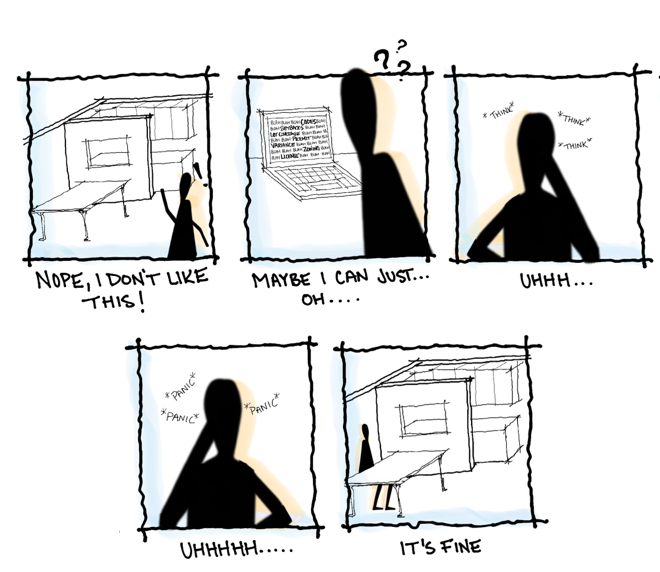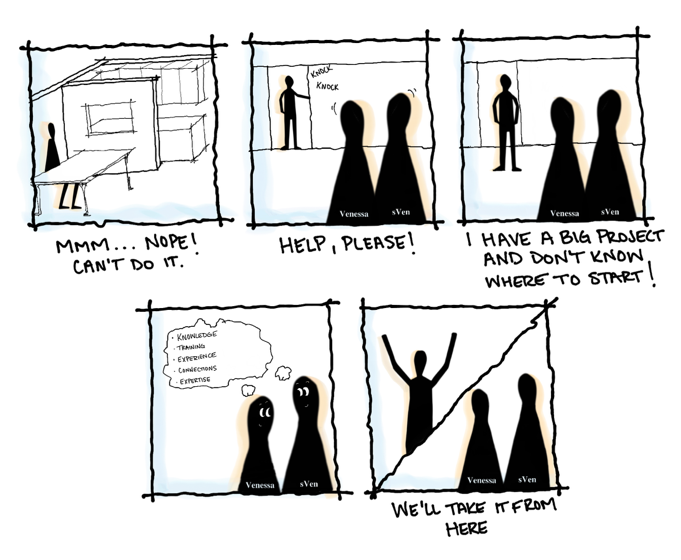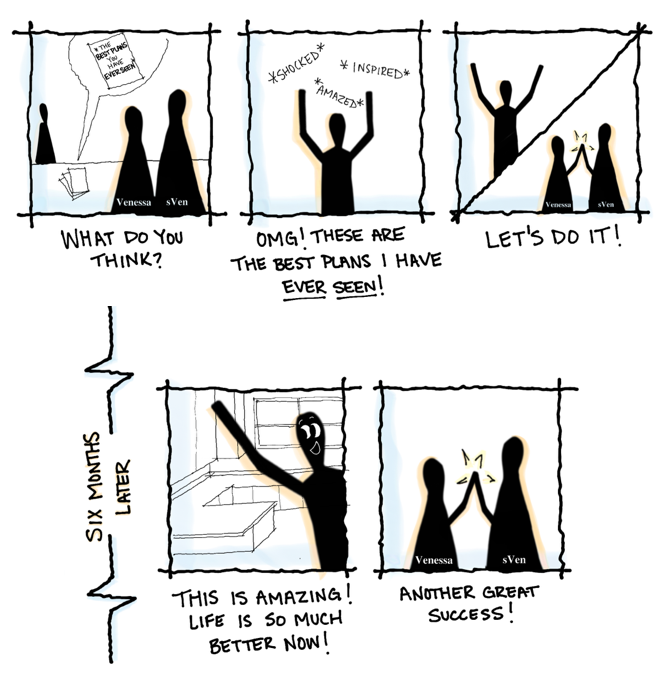Introduction
Most people find themselves dreaming about their perfect space at one point or another: their perfect kitchen, their perfect office, their perfect home. And why not! Not only is it fun to think about, but it’s also important for a person to explore and determine what qualities would make a particular space both functional and beautiful. But most people often don’t realize the amount of work that needs to happen to translate those dreams into a physical reality – that’s where an Architect comes in.
Services Provided
Predesign & Planning
Architects take a project from conception to completion. The very beginning of a project begins with a feasibility study, that is, determining the extents of what is possible on a given site. These extents are often dictated by both building code and local zoning ordinances – two complex legal fields that most people do not have extensive knowledge about. An Architect can navigate these codes in order to determine if and how a project can proceed. This includes determining the maximum extents of construction, which consultants may be required, whether variances or special exception applications are necessary, a general phasing and schedule approach, and more.
For existing structures, a feasibility study will also require accurate documentation of existing conditions to determine the current and potential applicability of codes. Accurate documentation requires far more than just measurements and general layouts of a building. An Architect will need to determine and document wall, floor/ceiling, and roof assemblies; the location and extents of structural columns, beams, and walls; the nature and location of utility lines such as mechanical, electrical, and plumbing; and more. This documentation is necessary not only for feasibility studies but also for permit applications and demolition plans.
Design & Construction
Having an Architect on your team to determine and navigate the codes and regulations for a project is certainly a major benefit. But a good Architect also has the knowledge, training, and experience to design with multiple important factors in mind: functionality, experience, movement, comfort, aesthetic, context, and history, to name just a few. On top of that, an Architect fully understands building science, and therefore can translate these factors from concept and theory into functional, constructable, code-compliant designs.
Given this expertise, an Architect can explore and present multiple design options to a client, often revealing opportunities that a client may not have considered previously. Once a scheme is selected and developed, the Architect and their team of consultants have the knowledge and ability to present the drawings in a legible way for local officials (for permitting) and for contractors.
This set of drawings, called construction documents, are incredibly complex, detailed drawings that lay out the details, schedules, and specifications for everything from manipulating the earth itself to the installation of knobs on cabinetry. There are numerous requirements that must be met for these documents to be accepted, and errors or omissions can have significant consequences. For this reason, when permitting is required, only a licensed Architect can produce these drawings.
Once the construction documents are finalized and submitted, the contractor largely takes over. The Architect, however, is still a vital piece of the equation. The Architect will respond to all contractor inquiries during construction, called requests for information – something the majority of people outside of the construction industry do not have the knowledge or experience to handle. The Architect can also provide design guidance, prepare sketches, address other issues that may arise, and perform regular site visits to advocate for the client by ensuring that construction is being completed according to the accepted drawings.
The Bottom Line
Design and construction can feel like a daunting task. Between code compliance, consultant coordination, permitting processes, design exploration, and construction logistics, there is a lot to juggle over a long period of time. The Architect can assist with one, some, or all of these phases, offering services for feasibility, documentation, design explorations, visualizations, construction documents, construction administration, and much more. No matter what stage of the design process a client is pursuing, an Architect is a helpful (and often necessary) professional to enlist.






